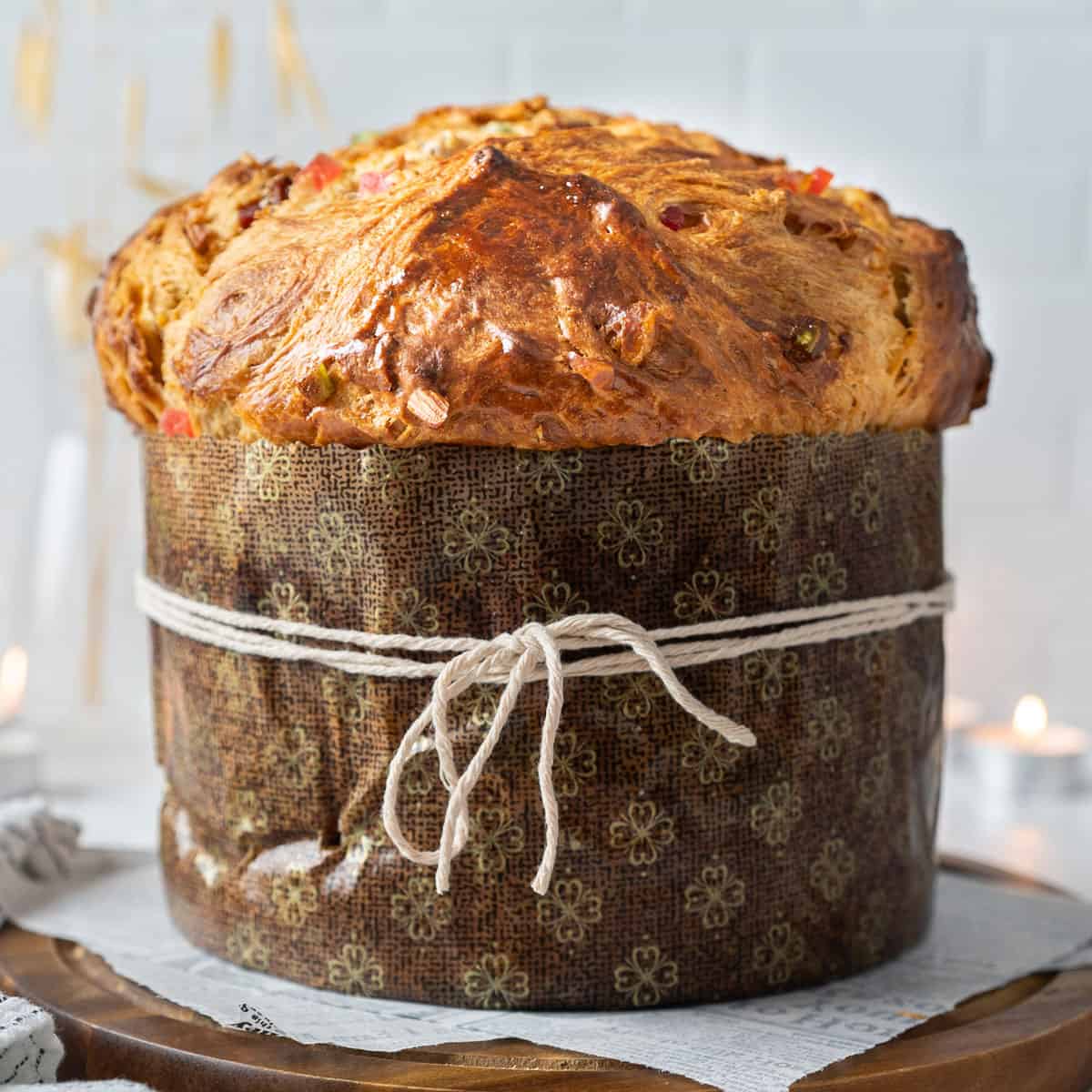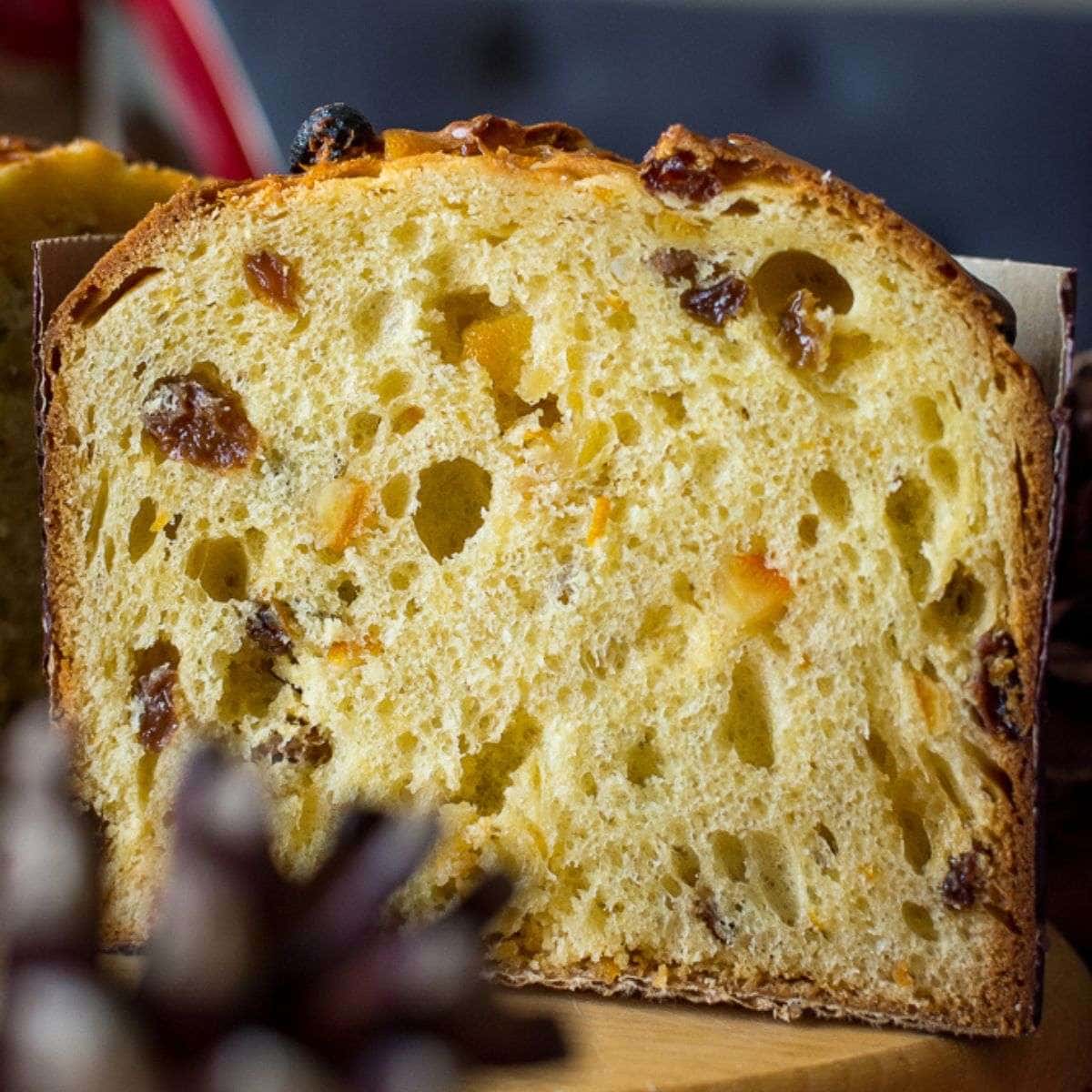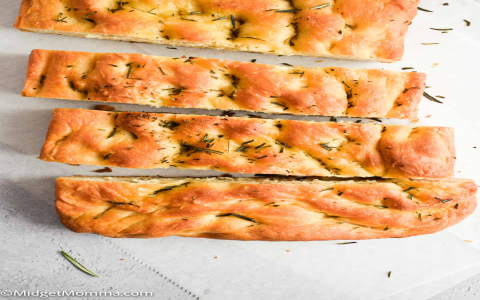My Tussle with Panettone Flour
Alright, so I decided to dive into this whole panettone flour situation. Kept seeing folks online raving about needing this special stuff for a real panettone. I bake a fair bit, mostly bread, sometimes brioche, so I figured, why not? Let’s see what the fuss is all about.
First off, finding the stuff wasn’t like grabbing a bag of all-purpose at the corner store. Nope. Had to look around online, found a couple of Italian import places. Ended up ordering a bag, cost a bit more than I liked, but hey, it’s an experiment, right? When it arrived, the packaging looked fancy, all Italian writing on it.

Opened the bag. First thing I noticed? The feel. It felt… different. Finer maybe, than my usual strong bread flour, but also felt like it had some serious muscle behind it. Hard to explain. Not much of a smell, just smelled like, well, flour.
So, I grabbed my go-to enriched dough recipe, the one I use as a base for sweet breads, thinking I’d adapt it for a panettone style loaf. Started mixing. This flour soaked up water like a sponge, way more than I expected. Had to add a bit more liquid than usual just to get the dough together.
The Kneading Saga
Then came the kneading. Or should I say, the battle. This dough developed strength FAST. Like, super fast. It got elastic and tough really quick. Usually, I knead dough for a good 10-15 minutes in my mixer. This stuff felt ready, almost too ready, in maybe 8 minutes. It was smooth, super stretchy, windowpaned like crazy, but felt really resistant.
- Mixed the initial dough (firsta impasto, I think they call it?).
- Let that ferment overnight. Seemed okay.
- Next day, added the rest of the ingredients – more flour, sugar, eggs, butter, the fruit.
- Mixing the butter in took FOREVER. This strong dough didn’t want to accept the fat easily. Had to mix on low speed for what felt like an eternity until it finally came together without splitting.
The proofing stages were long, ridiculously long. Just like the recipes warned. Patience is definitely key here. The dough rose, but slowly, steadily. It held its shape really well, though. Didn’t spread out much.
Did it Make a Difference?
Baked it off in a tall paper mold. The oven spring was pretty impressive, I’ll give it that. It climbed high. Let it cool upside down, the whole traditional bit.
The final result? Yeah, it was good. The texture was very shreddy, very light and feathery, just like you want in a panettone. The crumb structure was definitely different than when I’d tried making similar breads with just regular strong bread flour. It held all the fruit and butter without collapsing.

So, the verdict?
Look, this panettone flour clearly does something. It builds a really strong gluten network that can handle a ton of enrichment (butter, eggs, sugar) and inclusions (fruit) and still rise tall and light after a long fermentation. It definitely made the structure better than my previous attempts with other flours.
But man, it was a workout. And expensive. And took days. Is it absolutely essential? Maybe if you’re aiming for that perfect, competition-level panettone. For me, just baking at home? I’m not entirely convinced yet it’s worth the extra cost and effort every single time. A really good quality, high-protein bread flour gets you pretty close, maybe 85-90% of the way there, with less fuss. I’ll probably use up the bag I bought for special occasions, but I’m not sure I’ll rush out to buy more immediately. It was an interesting process, learned a lot about dough strength, that’s for sure.













